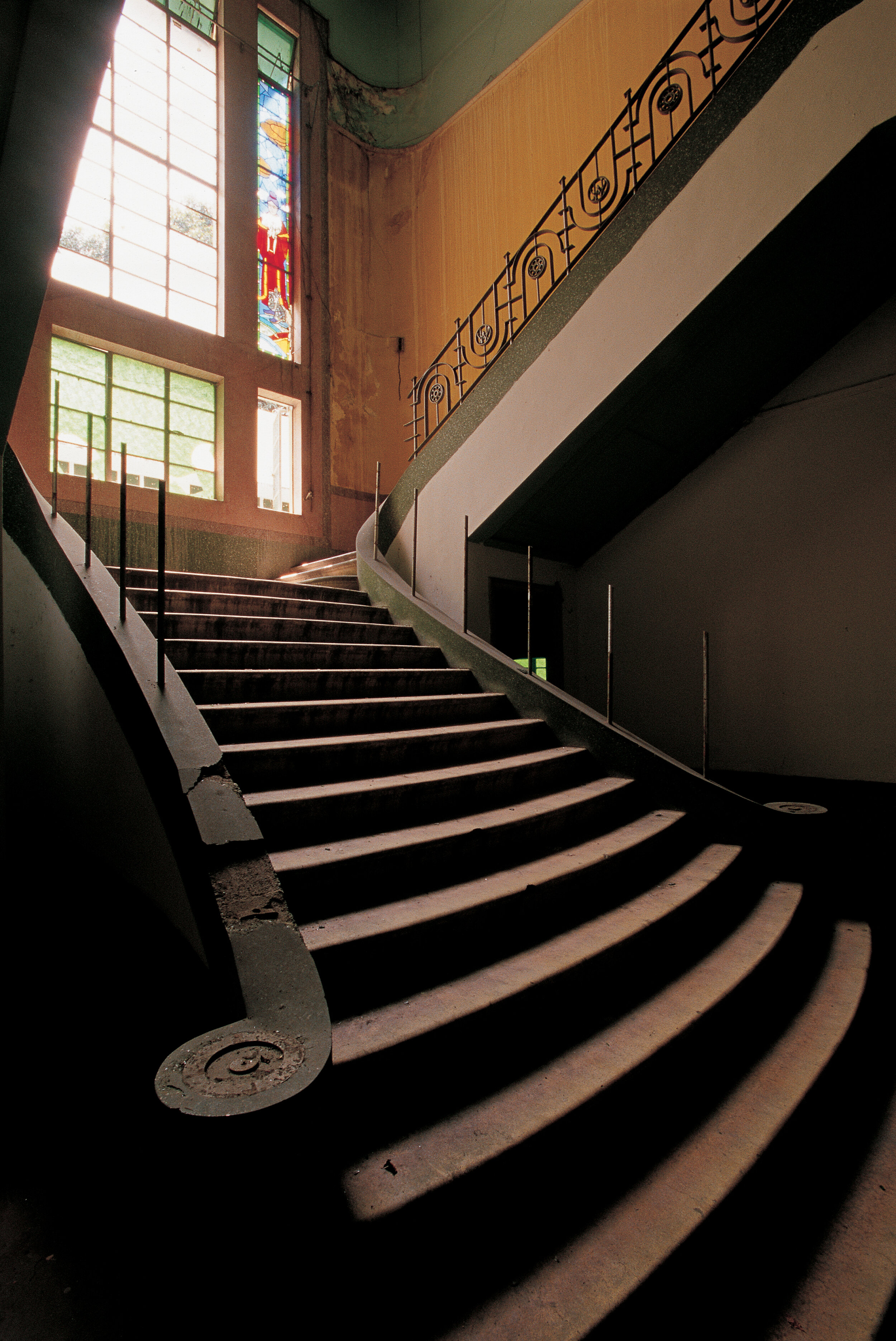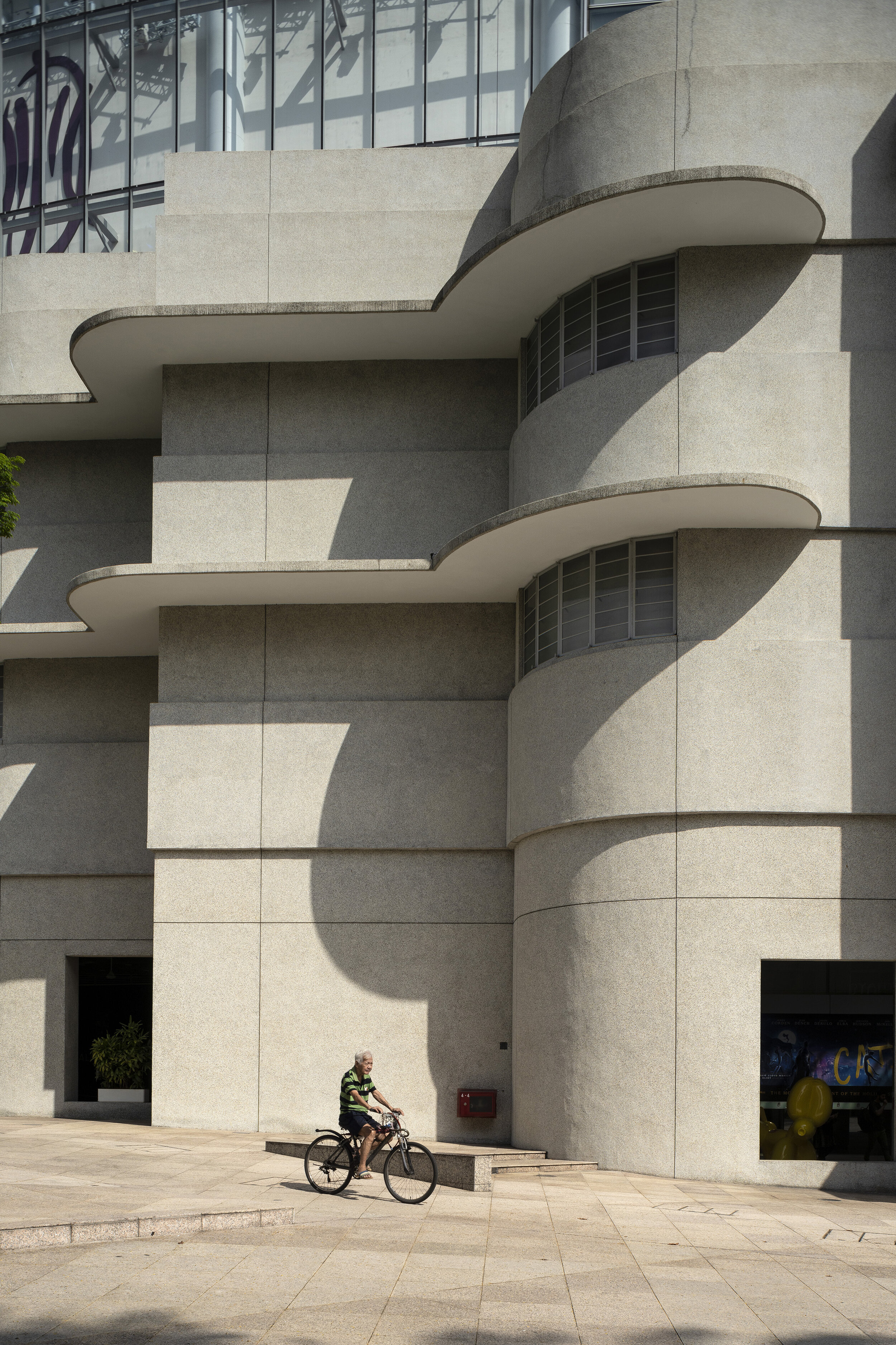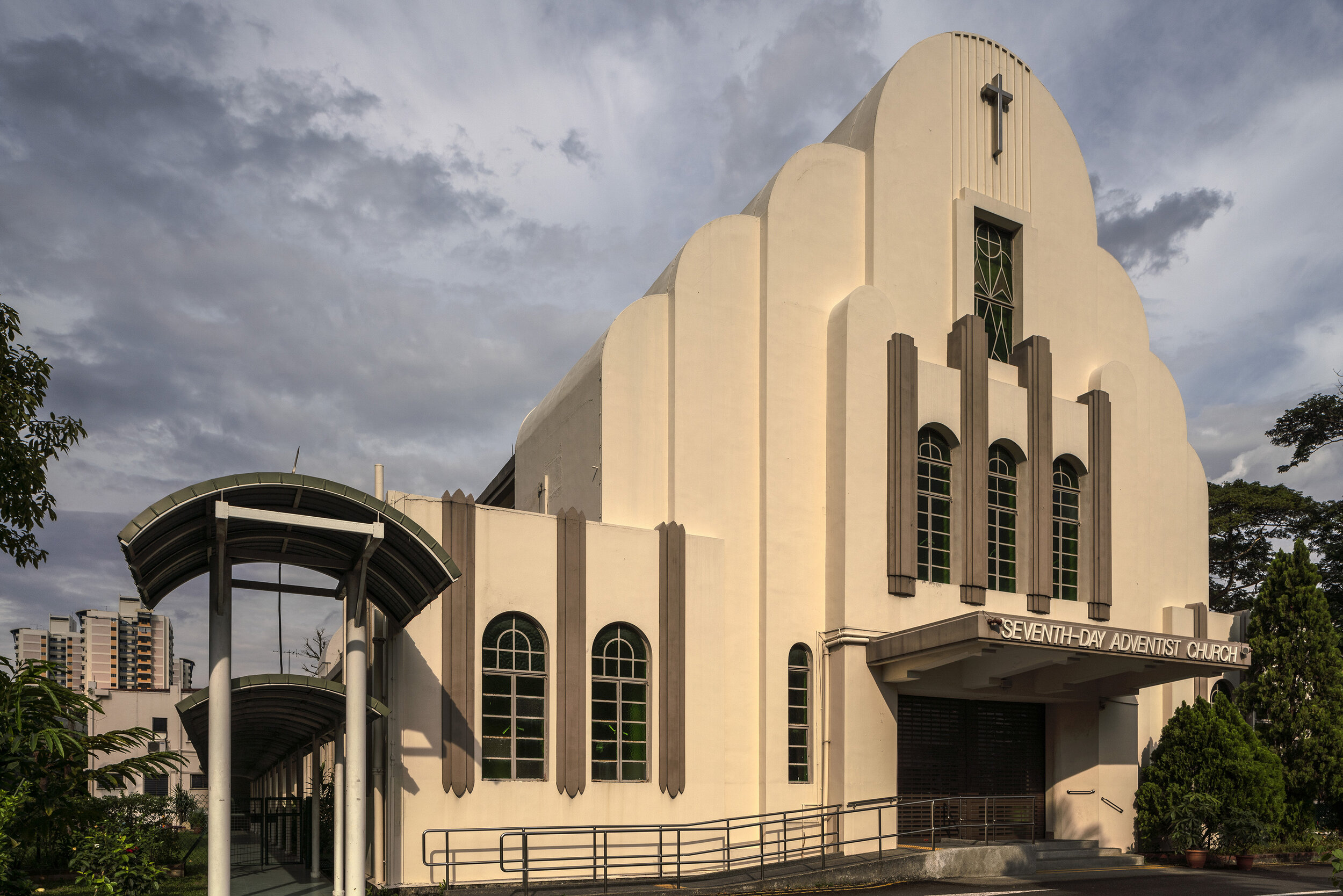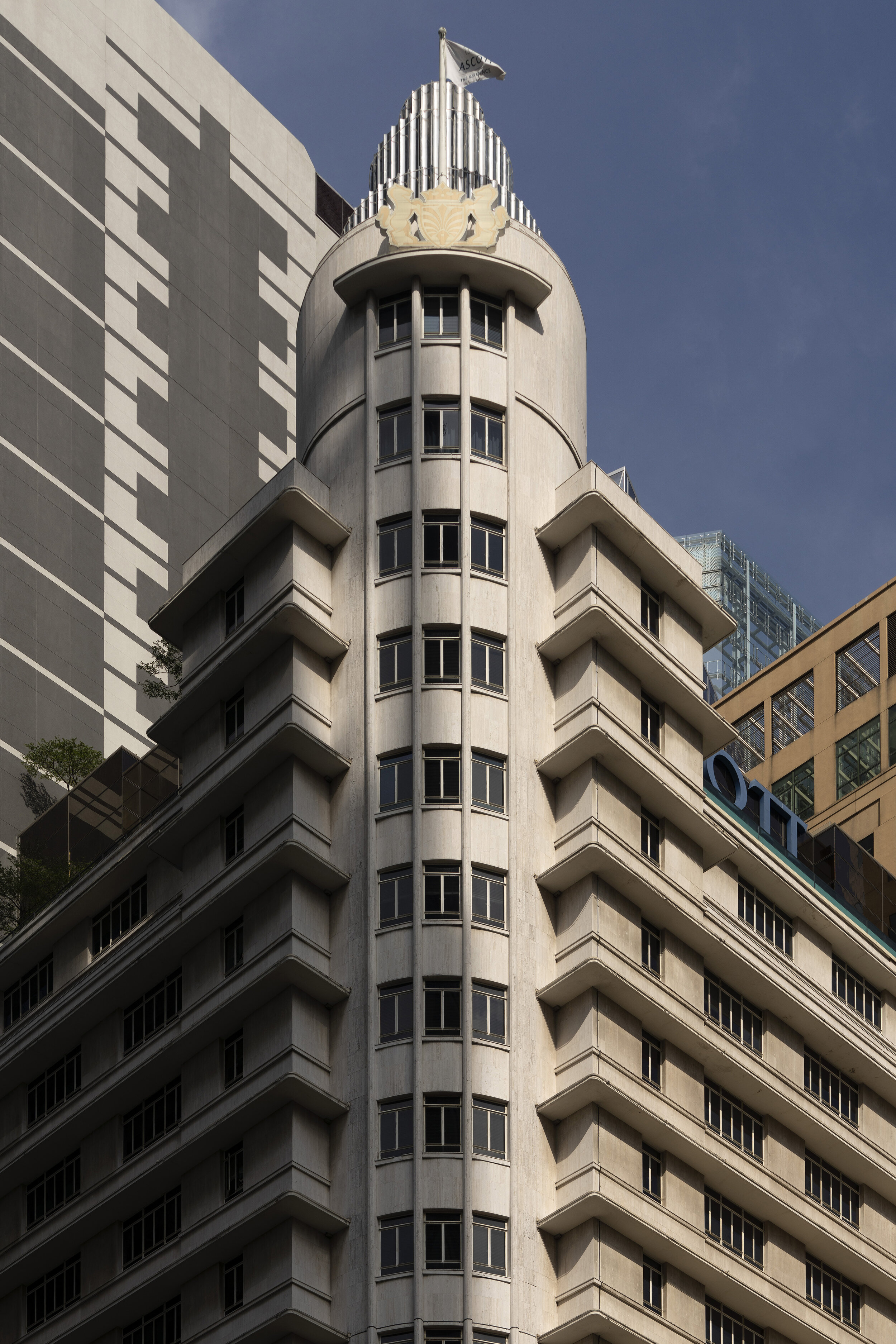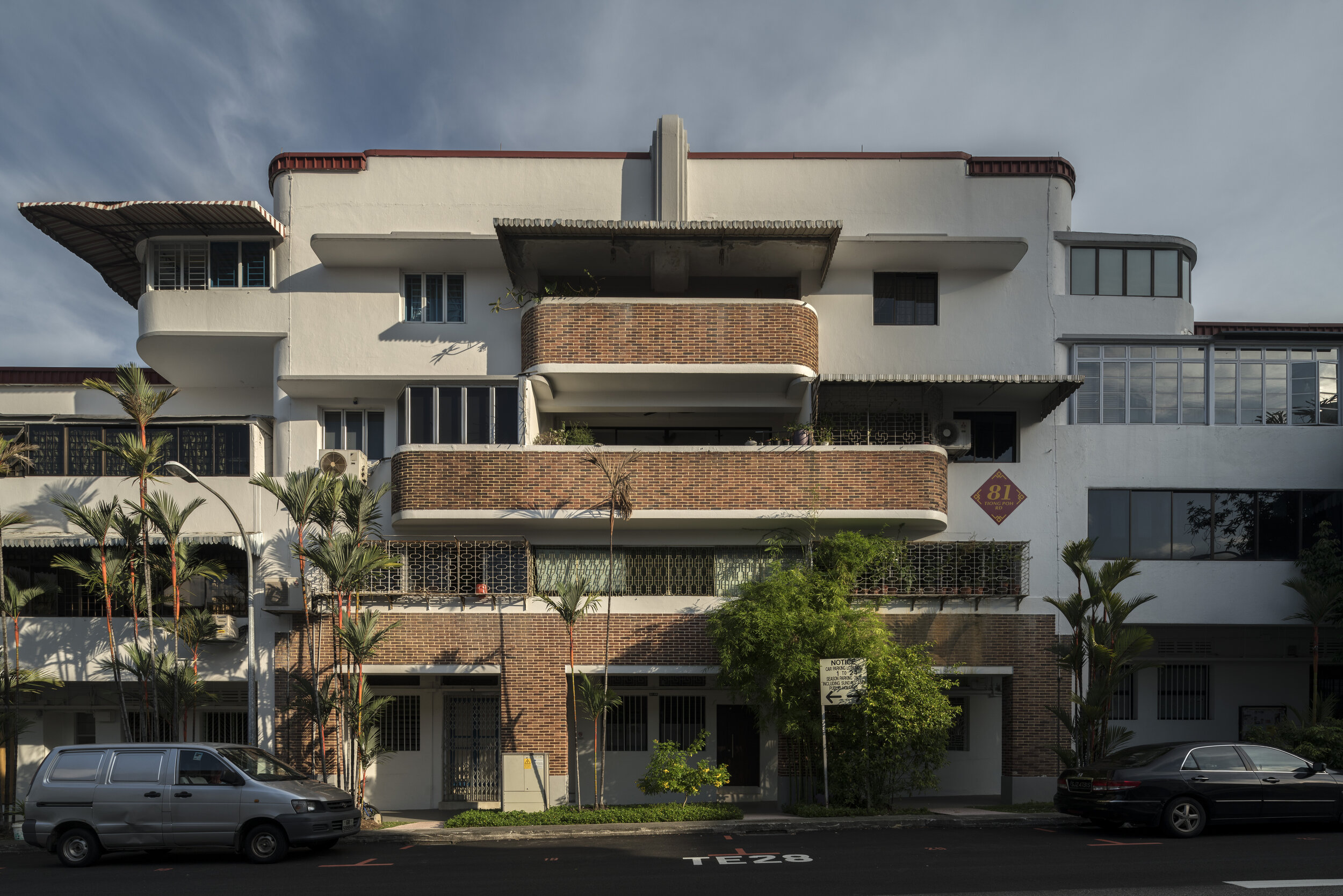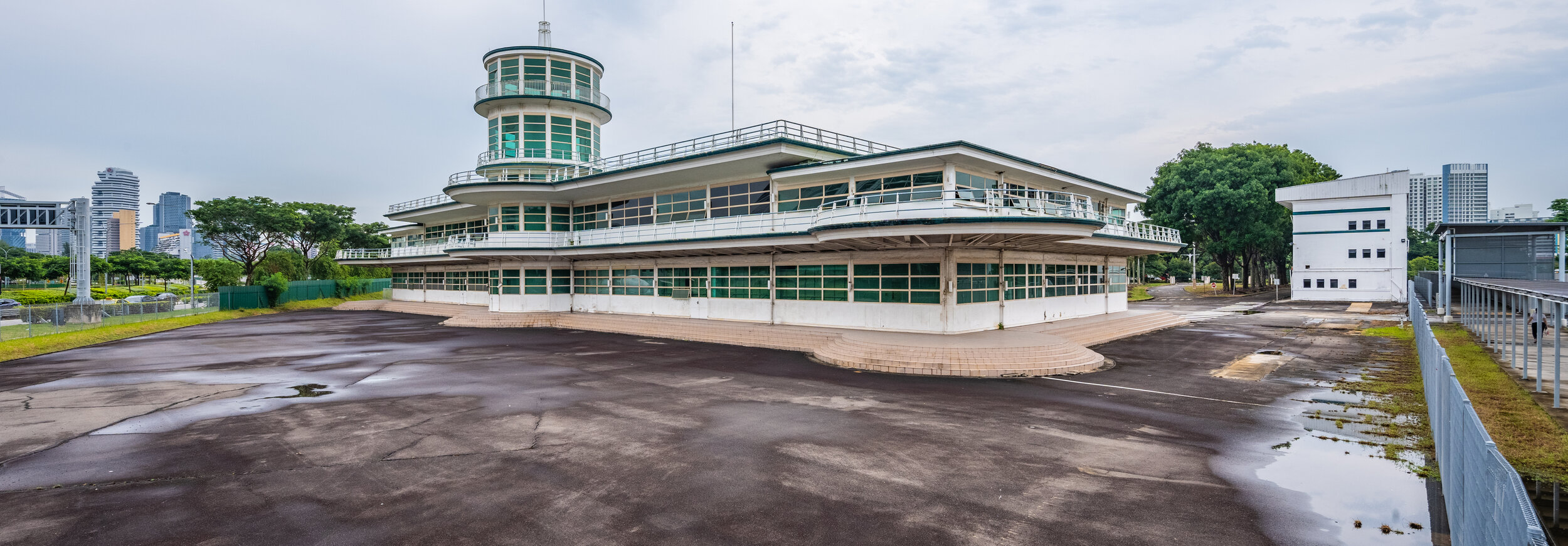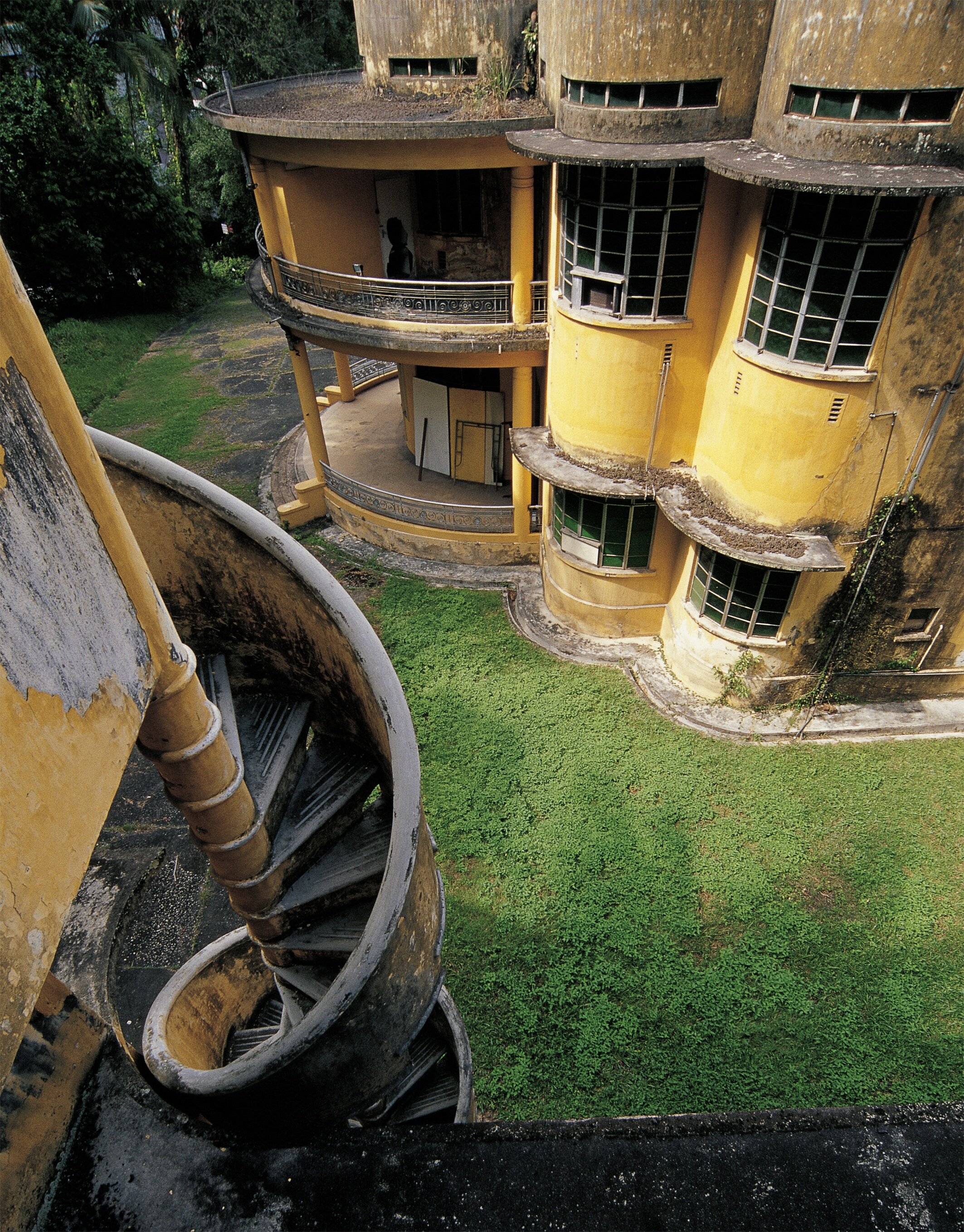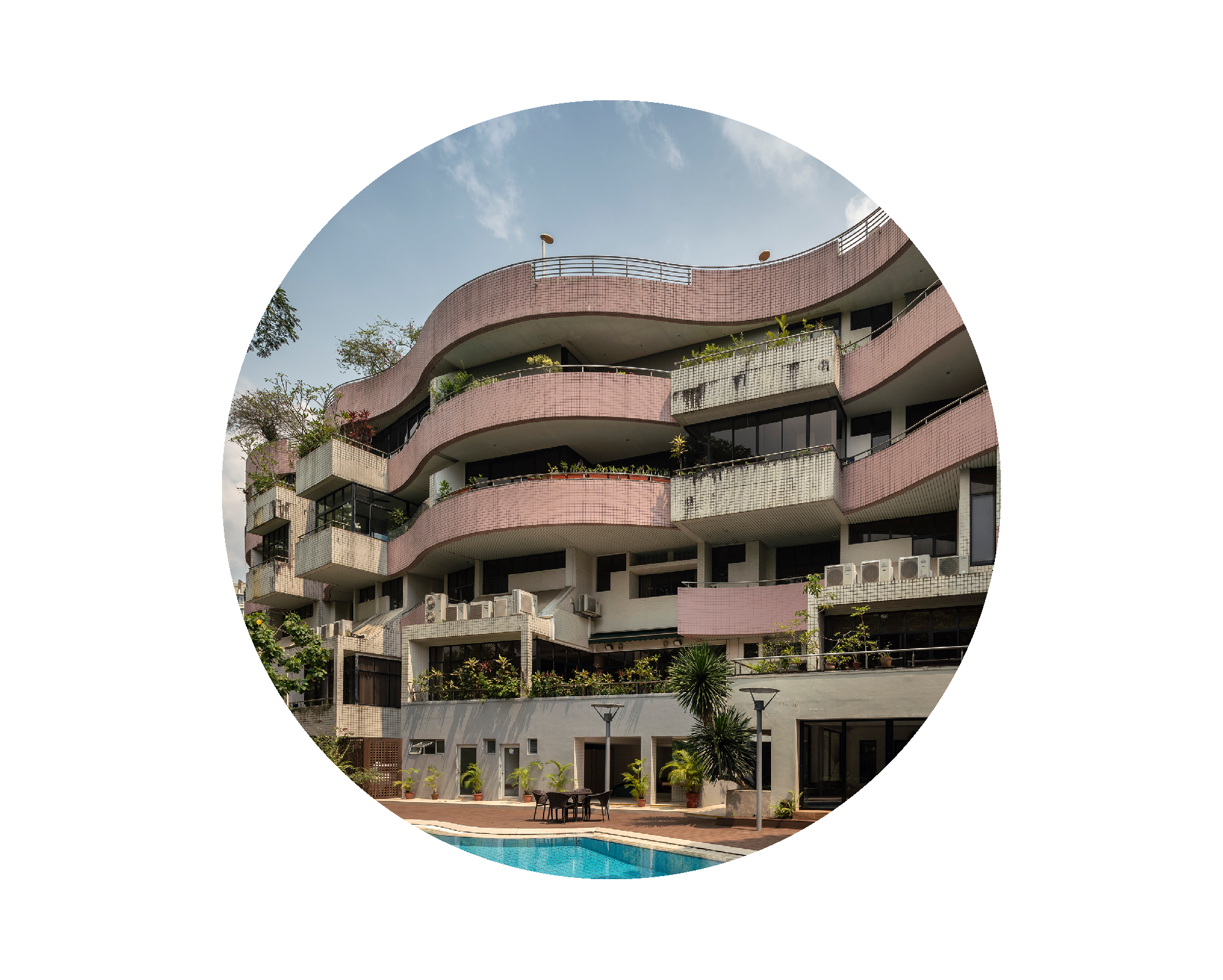Art Deco.
Art Deco is a catch-all name for various developments in the visual arts, design, and architecture during the interwar period. Known contemporaneously as Art Moderne, the term ‘Art Deco’ was coined by historian Bevis Hillier in 1968 to describe the decorative arts and architecture of the 1920s and 1930s. Its name was derived from the Exposition internationale des arts décoratifs et industriels modernes, an international exhibition held in Paris in 1925. Originally used to describe surface ornamentation, Art Deco has been conflated with architectural styles such as ‘Zigzag Moderne’ and ‘Streamlined Moderne’, which respond to various socioeconomic and cultural conditions of the time.
Drawing on prevailing interest in exotic, and so-called ‘primitive’ cultures, Zigzag Moderne buildings of the 1920s feature stepped masses that allude to the ziggurats and stepped pyramids of the ancient Egyptians, Assyrians, and Mayans/Aztecs. More abstracted than Art Nouveau, angular geometric patterns in the form of low-relief embellishments adorn the surfaces of the building, featuring botanical, zoomorphic, and anthropomorphic motifs. The sunburst and fountain motifs also feature commonly. Sometimes described as ‘Skyscraper Moderne’, the monumental verticality of Zigzag Moderne registered the prosperity and lofty aspirations of the pre-Depression era.
Rising to prominence in the 1930s, Streamlined Moderne is characterised by clean aerodynamic lines that conjured a sense of speed, reflecting an automobile and roadside aesthetic that came with increased mobility in American society. Buildings were mostly low-rise with rounded corners, flat roofs, and cantilevered ledges acting as brise soleil over windows. Some resemble ocean liners with nautical motifs such as porthole windows. To achieve a sleek image, building components and utilities were hidden from view; new materials, the likes of Vitrolite, Formica, and plywood were utilised extensively. Art Deco eventually gave way to functionalist and unadorned styles of modern architecture and the International Style with the arrival of World War II.
In colonial Singapore, the Art Deco style captured the commercial vibrancy and cosmopolitan modernity of Singapore as a major port city. It was deployed in different types of buildings during the interwar period and the early postwar years. These included landmarks such as the Cathay Building (completed in 1941, almost entirely demolished) and the Terminal building of Singapore Civil Aerodrome (1937, conserved), luxurious houses for wealthy businessmen like the Wellington House (1938, conserved) and the Haw Par Mansion (1937, demolished), and “everyday” buildings that included Singapore Improvement Trust flats at Tiong Bahru (1937-1941, conserved) and shophouses by unknown architects and builders. Exponents of the Art Deco style like Frank Brewer and Ho Kwong Yew were also versatile architects who designed in other styles.
Haw Par Villa (Tiger Balm Gardens) theme park, ca. 1950s. Part of Set Harrison Forman Collection. Photographer Harrison Forman. Source: University of Wisconsin-Milwaukee Libraries.
The interior of Wellington House. Photo by Jeremy San.
Cathay Building (1941). Photo by Darren Soh.
Last updated on 14 May 2021. Written by Jason Ng and edited by Chang Jiat Hwee.
References
Blecksmith, Anne. ‘Art Deco architecture in America’ in Grove Art Online, accessed 10 May 2021, https://doi.org/10.1093/gao/9781884446054.article.T2086732.
Craig, Robert M. ‘Streamlined Moderne’ in Grove Art Online, accessed 10 May 2021, https://doi.org/10.1093/gao/9781884446054.article.T2086096.
Lico, Gerard. Arkitekturang Filipino: A History of Architecture and Urbanism in the Philippines (Diliman, Quezon City: The University of the Philippines Press, 2008).



